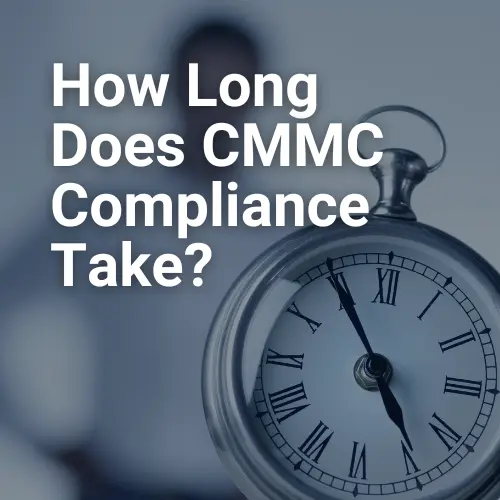Regulatory requirements are on the rise across all sectors of our economy, from financial services industries to the healthcare arena. Each new regulation adds complexity and introduces additional concerns for organizations to address. Due to this new demand, it’s more important now than ever for organizations to be security conscious while developing and implementing proper security controls based on weaknesses and vulnerabilities in existing IT infrastructure. A thorough annual risk assessment is the first step to increased security and less probability of a threat or vulnerability impacting an organization.
A risk assessment is the building block upon which all compliance activities are implemented and measured. If an inaccurate or incomplete risk assessment is performed, all other compliance functions are compromised. In the case that an audit is performed, all audit functions are based upon the organization’s official risk assessment. For these reasons, the risk assessment requirement is considered the cornerstone of compliance.
Organizations may perform risk assessments because they are required to, but the true value of a risk assessment is in the cost-benefit analysis which details what controls should be implemented, how much funding should be allocated (based on the threat levels and asset values), and what protections will be implemented.
Once the Risk Assessment is complete, the organization may then adequately allocate resources to implement a security program that best meets their specific organizational needs, including:
- Security standards
- Technical safeguards
- Physical safeguards
- Organizational requirements
- Policies, procedures and documentation requirements
Regulatory compliance programs are put in place to encourage organizations to take a more proactive approach to security. Organizations often do not consider the importance of securing their systems until they have already been breached, resulting in frustrating losses, high fines and a lot of unanswered questions. Often times, security breaches occur because an employee forgot or purposely did not adhere to a policy, or an organization neglected to put a policy in place.
After just ringing in the new year, now is the time to think about how you measure risk within your organization and consider if you are taking the best approach. Contact us today to see how we can help you take the next step in defining your security program.
info@mapolce.com or 315-338-0388





